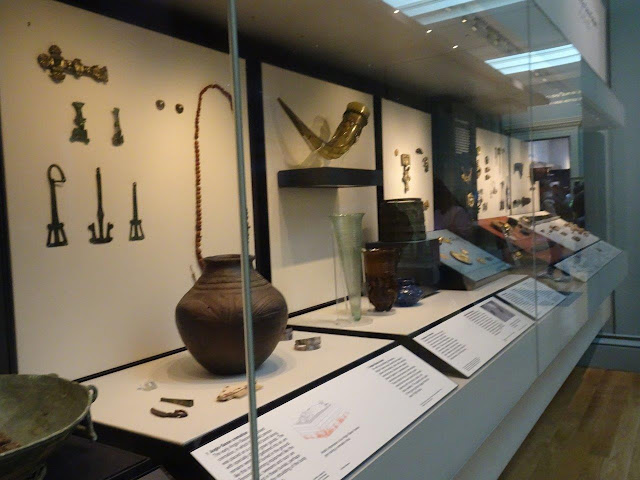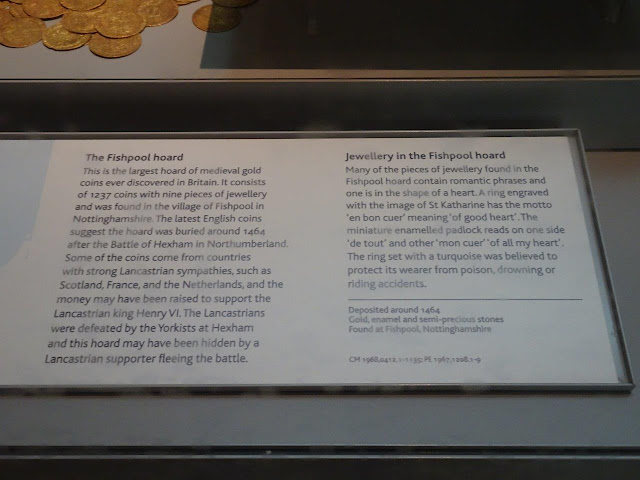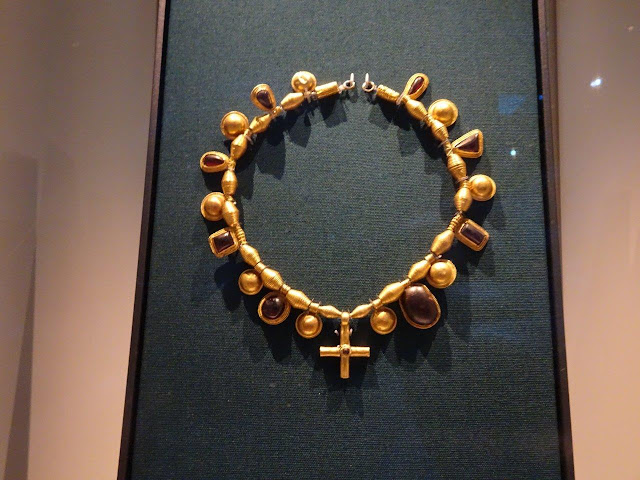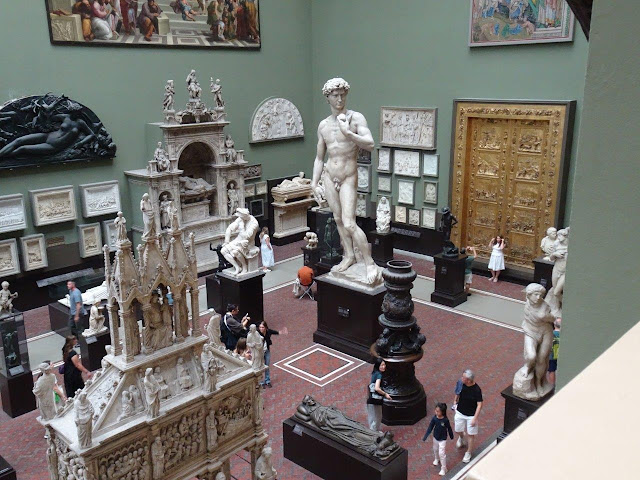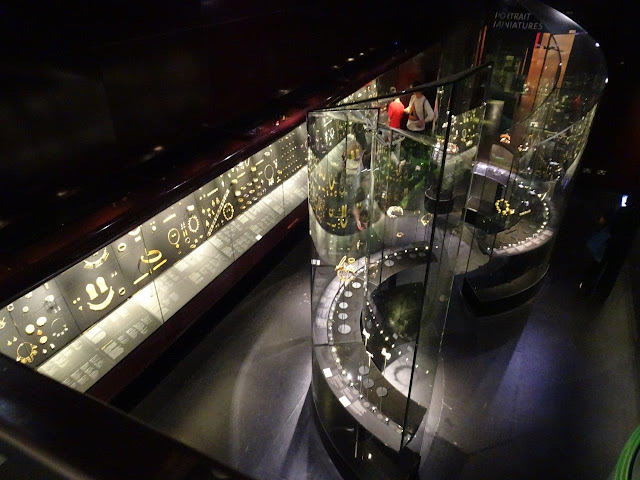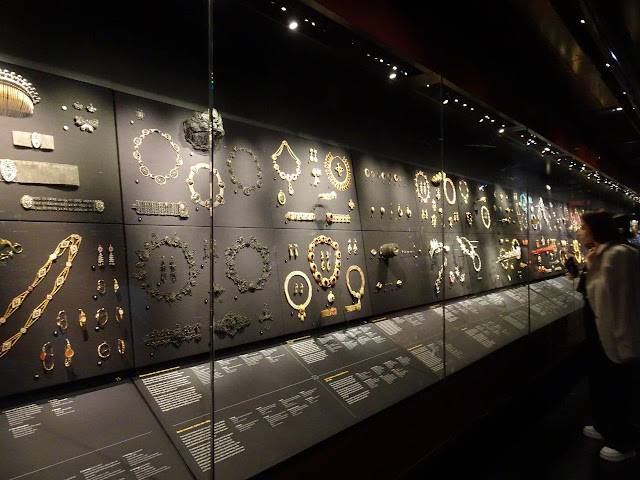Personally, when I travel alone, I do a lot of eating take-out because it is easier, but I occasionally do like to eat out. However, don't believe the stories you will hear from visitors to the U.K. about their food being dull, tasteless, and boring. In reality, over the past 20-30 years or so, the U.K. has become a lot more ethnically diverse and its chefs have become much more adventurous. For example, you will find restaurants with a lot of focus on locally grown fruits and vegetables, as well as more focus on seafood and local meats. After all, this IS an island surrounded by some of the best fisheries in the world!
Obviously, the larger cities and places like London and Edinburgh will provide much more variety in food and high cuisine than smaller towns, but you might be surprised what you can find in small towns.
I've noticed a few different things on this trip compared to the trips I took in 2022 and 2019. First, you cannot order ANYTHING from an ice cream cone from a street vendor to a full gourmet meal at an expensive restaurant without being asked if you or anyone in your party has any food allergies. Apparently this is due to a law passed in 2021 that requires better information to be printed on packaged food and posted in restaurants. This has increased knowledge and sensitivities about food allergies, and the concerns of food providers to avoid lawsuits. At least it is nice to know someone cares, and it is probably a good learning device for all of us--employees and customers.
Second, the Stevia boom seems to be over. A few years ago, the U.K. government decided that its residents were consuming too much sugar and could improve their health be eating and drinking less of it. So, they passed a law requiring a special tax on what they call "fizzy" drinks that contain more sugar than the amounts the government suggested. Instead of levying the tax on its customers, almost all of the soft drink providers chose to replace some of the sugar in regular soft drinks with an extract of the Stevia plant. Basically, they replaced one bad thing with another than was even worse!!! Stevia is not approved as a food additive in the U.S. or in the European Union, but the biggest objection to it is that it gives the drinks a horrible aftertaste. The other problem was that it was used in regular soft drinks, but not clearly labeled on the front, and to avoid it, you had to read the fine print on the back labels. Soft drinks from a dispenser often had hidden Stevia, and you could not always read the labels on bottles in soft drink machines. In addition, both Coke and Pepsi used their own brands of renamed Stevia, and people hated it!
On this trip, the regular Coke and Pepsi tasted the way they used to taste, without the Stevia additions. No more ordering a can or bottle of a soft drink in a restaurant and asking them not to open it until you read the label!! And thank-you to McDonald's for never having Stevia in its drinks at all!!!
One interesting new thing I discovered in small towns and big cities on this trip was the number of restaurants offering "Sunday Roast." On Sunday, a lot of restaurants were ditching their regular menus and offering a sentimental full Sunday dinner with roast beef, mashed potatoes, gravy, vegetables, Yorkshire pudding, and possibly several condiments such as apple sauce, mustard, cranberry sauce, or horse radish sauce. My only objection to these Sunday Roast offerings was that I cannot eat that much food and often there were no other items listed on the menu for that day.
I prefer takeout because I dislike ordering a full restaurant meal and then eating only half of it and tossing the rest. I often prefer just a sandwich or a salad from a place like Pret a Manger or M&S (aka Marks and Spencer) food court. Take out is a big thing in London and other medium to large cities because the office workers rely on it for their noon meals. I often got a sandwich and a fruit cup, along with a Coke to take back to my hotel room for dinner.
One new thing I found, but this was only good for an early lunch was a chain of bakeries called Thomas the Baker. They are only in the middle part of England, mainly in North and West Yorkshire. They had wonderful custard and almond pastries, and also terrific meat pies. These were not like out pot pies because they did not contain gravy or a lot of vegetables. Instead, they were 90% meat with spices, all rolled into a pastry crust, which means they are easy to carry and eat as a snack. Loved their pork sausage rolls in puff pastry! Only problem with this and other bakeries that offer meat pies is that they bake them all in the morning, so you need to get one before lunch while they are still hot. A sausage roll and an almond tart makes a great meal you can eat while you walk! Inexpensive, also.
Anyway, I always enjoy snooping around foreign groceries stores because you can find a new cheese and some interesting crackers to go with it, Ditto for new chocolates and tea.
One thing I really need to post about is mayonnaise and what they call "brown sauce." The Brits for a long time have had a love of dipping their french fries in mayonnaise instead of ketchup. They also like to put it on almost every sandwich. McDonalds has finally come out with a breakfast menu specific to the U.K. and it includes mayonnaise on breakfast sandwiches!! Sausage, egg, cheese, bacon, and mayonnaise anyone? Or, you can choose the same sandwich with sausage, egg, cheese, bacon, and brown sauce, which is sort of like what we call Worcestershire sauce. Or you can get a sandwich with just bacon, but with ketchup or Worcestershire sauce as a condiment. Frankly, a better choice would be the porridge with sugar, jam, or golden syrup!
And be prepared to pay up to 8 GBP or about $10 for a crispy chicken sandwich with a medium Coke.







